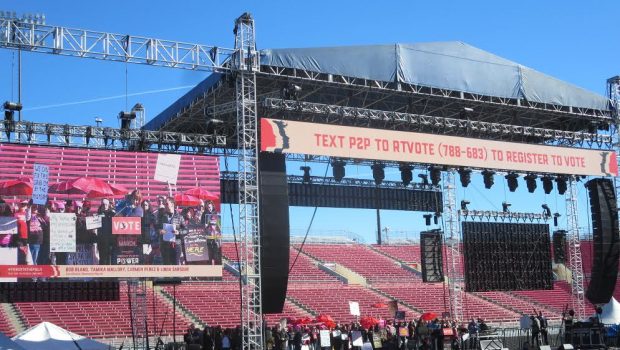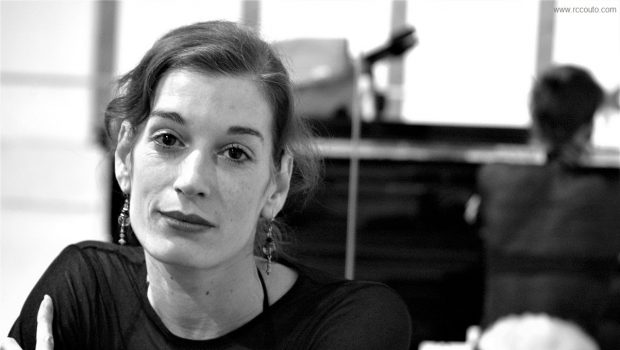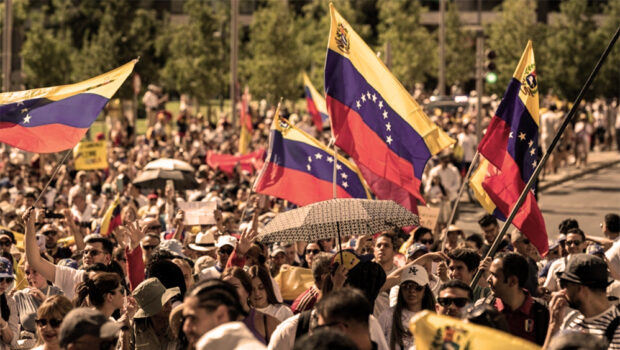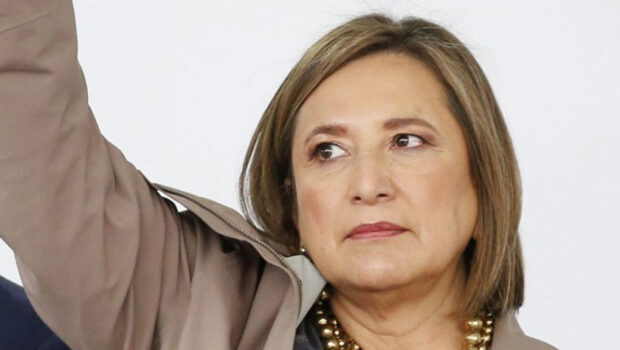Two Years of Women’s Marches: What will they accomplish?
Patricia Gras
When I covered the Women’s March in Washington, no one knew how many people would turn out. A quarter of a million were expected, but at least 500,000 showed up. That was double the number. Another unusual event happened: millions of women marched in solidarity around the world.
As I walked the path of the march in DC, due to the sheer numbers of people, I lost my friends, my WiFi connection and my plans for interviews with certain leaders. It was almost impossible to move once we got closer to the main stage. All you could see was a sea of pink pussy hats. Slowly but surely, as I began to feel claustrophobic, I started interviewing marchers while moving towards more air and space. There were men, women and children of all colors, religions, ages and sexual orientations. This was a diverse crowd. The issues varied: women’s rights, social justice, environmental concerns, LGTBQ rights, and immigrant rights. The underlying motivation, however, was to stand united against President Trump’s policies.
There was shock, outrage and fear in the air. Many could not believe that the new president who had spoken against those rights in favor of an America First agenda was now in power. However, the sheer number of people, the camaraderie, music, drums, innovative posters and general goodwill were electrifying. People knew this was unprecedented, but many shared their concern about how to keep the momentum going.
This year, the organizers of the march chose a different venue to launch their campaign: #powertothepolls. I flew to Las Vegas, the city chosen by the organizers for several reasons. Nevada had elected the first Latina to the Senate. Women there had removed two politicians for sexual harassment. Fifty-six people had lost their lives in one of the nations’ worst mass shootings, and Nevada is a swing state.
Organizers also realized they needed to attract minority women like never before, so they partnered with Latina, Black, Native American, LGTBQ groups to launch a more powerful movement.
The event held at Sam Boyd Stadium was a rally. The goal this time was to strategize, register people to vote and more importantly, create a movement with unprecedented political force.
There are three aspects that were very different this year. The #metoo movement had galvanized women like never before. The prevalence of sexual assault and harassment, especially in the workplace, had empowered women all over the world who had been silent about this epidemic. According to The Washington Post, 54% of American women report receiving “unwanted and inappropriate” sexual advances with 95% saying that such behavior usually goes unpunished. Many women at the rally brought this up. They want deeper social and political change. They also feel more hope that it is going to happen.
President Trump had a year of policies that deeply upset many of those present. This year, for instance, one focus was on DACA. (Deferred Action for Childhood Arrivals.) The program was introduced by President Barack Obama in 2012 to shield from deportation children brought in to the country illegally. There are about 800,000 of them. Most Americans agree there should be a path to legal status. The matter is being debated, but those at the rally were clearly siding with the Dreamers.

Then in 2017, women decided to run for office in record numbers. Last November, women won historic victories all over the country. Black women in particular were mentioned time and time again in Las Vegas for their political activism, particularly in Alabama, where they were credited for sending a Democrat to the Senate in a very red state. Many speakers reiterated they were not to be taken for granted anymore.
Due to the number of viewpoints, many here may disagree, but they do have a common goal: political power. This year, there is a more powerful resistance to the Trump presidency than before. There is now a movement, not just a march to resist. The marchers protested abortion restrictions, Medicaid requirements, a conservative judiciary and the erratic and racist behavior of President Trump. Their sights are set on the mid-term elections of 2018. Perhaps unwittingly, President Trump has united the different voices of all who came to the marches into an election strategy and political action that may remove him and his party from absolute power in November.
*Images and video courtesy of the author. ©PatriciaGras
 Patricia Gras is a seven-time Emmy Award-winning journalist. She is the founder and producer of the online series Passion Time.
Patricia Gras is a seven-time Emmy Award-winning journalist. She is the founder and producer of the online series Passion Time.
©Literal Publishing
Posted: January 26, 2018 at 1:42 am










